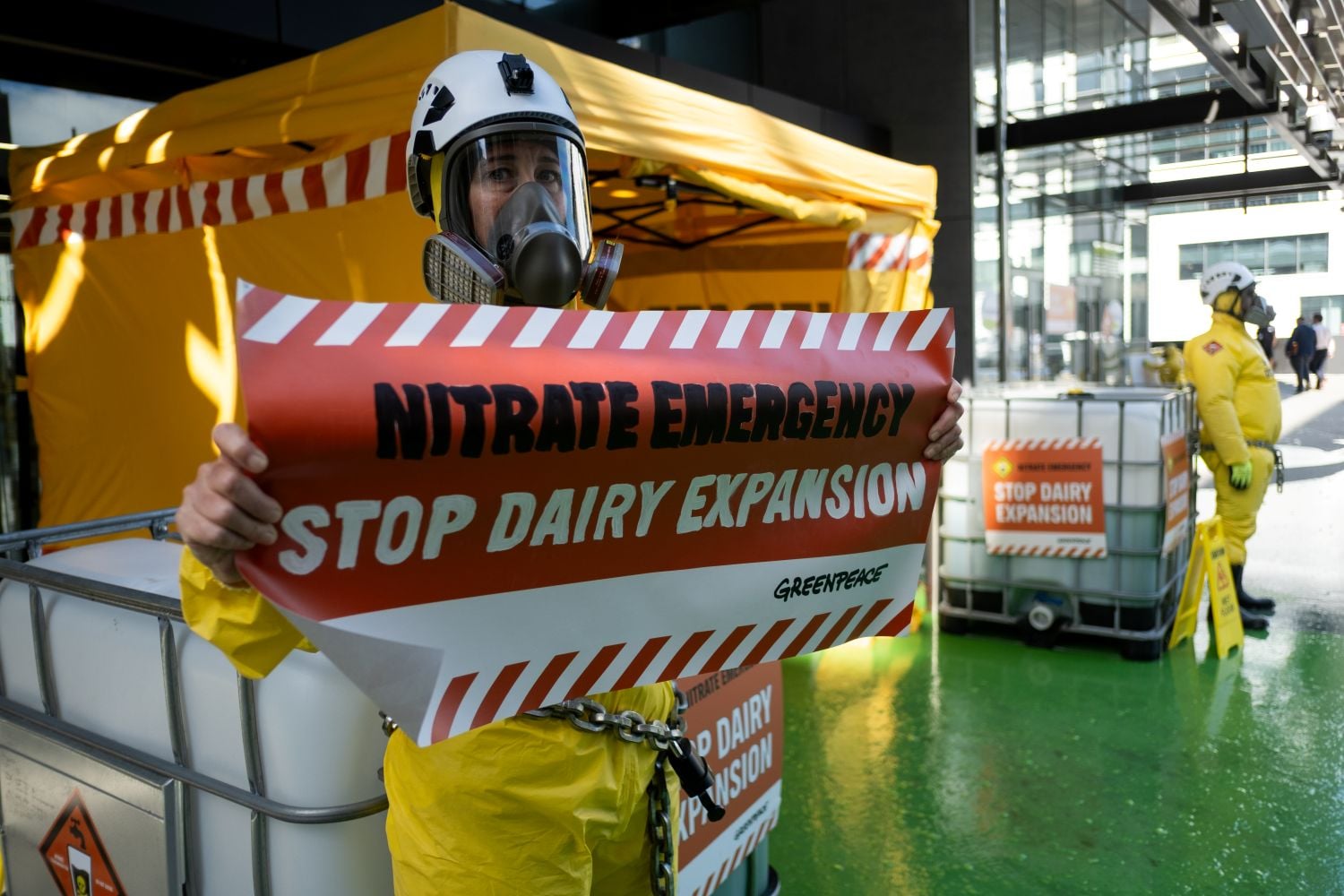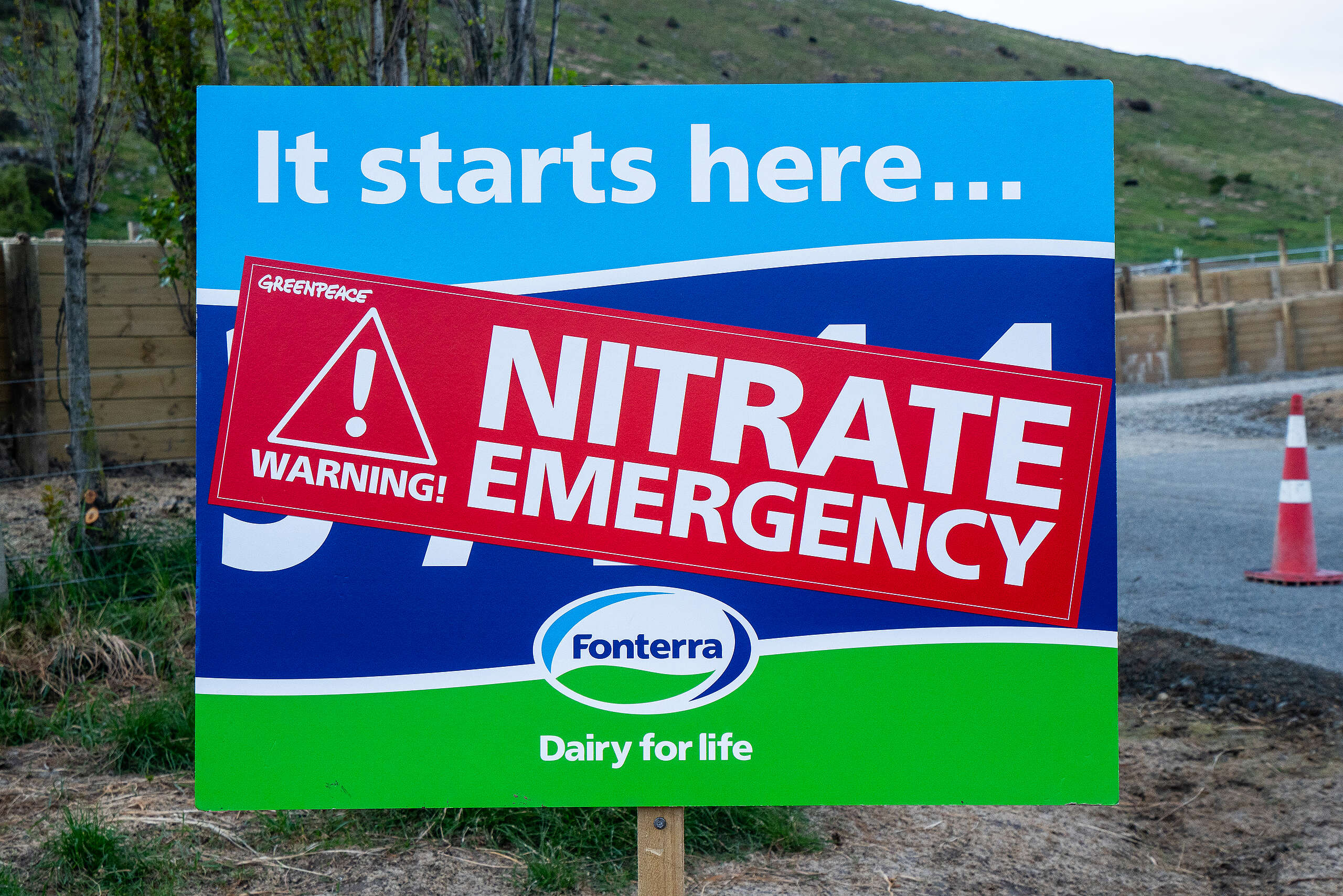Many communities across Canterbury are facing increasingly difficult decisions as nitrate pollution of drinking water sources worsens. Some water supplies in the region have already breached drinking water standards for nitrate pollution and publicly available information suggests more could follow.
Last year, Canterbury saw its highest-ever number of dairy cattle, the primary source of nitrate pollution in the region. Furthermore the area under irrigation, also linked to increased nitrate pollution, has continued to increase. As nitrate levels rise, associated costs are climbing for Canterbury’s communities.
Environment Canterbury (ECan), the regulator responsible for protecting drinking water sources in this region, has said nitrate pollution will get worse before it gets better and is a “legacy issue”. However, drawing together information on cattle numbers, irrigation, current state of drinking water and trends not only demonstrates failure by ECan to protect drinking water from nitrate contamination but also suggests the regulator’s recent decisions are likely to be making the situation worse.
Already bad and getting worse
Some communities and households in Canterbury are already grappling with nitrate levels above the drinking water standards (the Maximum Allowable Value or MAV, 11.3mg/L as nitrate-nitrogen). 1,2 Publicly available information suggests the problem of drinking water supplies breaching national standards for nitrate in Canterbury could get significantly worse, meaning more communities face the same, with costs escalating.
Environment Canterbury (ECan) is the regional council responsible for controlling nitrate pollution and protecting sources of drinking water in the region. 2 Our analysis of water policy in place over at least the last decade (if not earlier), demonstrated that in many instances it would have been possible for ECan to use bylaws and planning, in a way that protected or reduced pollution of communities’ source water. 2 Failure to do so means the cost of treating nitrate polluted drinking water falls on those downstream – households on private supplies and ratepayers.
ECan has said nitrate pollution of groundwater will get worse before it gets better, due to the time it takes for nitrate to move through groundwater systems.3 It has described nitrate pollution as a ‘legacy issue’. 4 However, publicly available information suggests the Council’s very recent decisions are likely to be making the situation even worse.
Recent decisions contributing, not just a legacy issue
ECan has failed to protect many of the region’s drinking water sources from nitrate pollution. It has failed to meet its own 2020 drinking water targets in its Canterbury Water Management Strategy for drinking water quality. 5 The region’s latest groundwater report shows 59% of monitored groundwater sites have nitrate concentrations that are “likely” or “very likely” to be increasing. 6 Already, 10% of monitoring sites across the region breach the drinking water standard for nitrate (11.3 mg/L) (indicated in red, Figure 1). 6 For comparison, nitrate-nitrogen levels in unaffected NZ groundwater (no human influence) are estimated to have a median value between 0.3 and 1.0 mg/L. 7 Importantly, the MAV is a human health limit, not a limit that should be applied to the protection of groundwater. The impact of pollution at this level on environmental health is high and emerging evidence of human health risks at much lower levels suggests regulators must exercise more precaution to protect human health (more in Appendix). 2

Figure 1: Nitrate-nitrogen concentrations in potential drinking water from wells/bores sampled in a 2023 annual survey. Each square represents a well/bore sampled in the survey. (Source: Environment Canterbury, 2024)
Despite these high levels of groundwater contamination, the number of dairy cattle in the region has continued to increase. As of June 2023, the number of dairy cattle in Canterbury is at the highest since records began (Figure 2). 8 The number of dairy cows in a catchment is the strongest predictor of nitrate concentrations in surface water (ie, rivers, streams, lakes, which are connected to and influence groundwater quality). 9 A recent survey of NZ’s ground and surface waters demonstrated that animal urine and urea-based fertilisers were commonly identified sources of nitrate pollution. 10 What is essential to know, but appears not to be publicly available, is how this increase in dairy cattle is distributed between catchments and, therefore, how it impacts specific drinking water sources.
Related Posts
-

2025: A year of wins, action and resistance
2025 was a year of people power, hard-fought wins, and standing up against political and corporate harm.
-

Three Greenpeace activists removed by police from Fonterra nitrate pollution protest during shareholder meeting
Three Greenpeace activists have been removed by police from Fonterra’s downtown Auckland offices for protesting nitrate pollution.
-

Denmark moves to lower limits on nitrate in drinking water – when will NZ follow suit?
Denmark’s Environment Minister is making moves to dramatically lower the legal limit for nitrate in drinking water.
